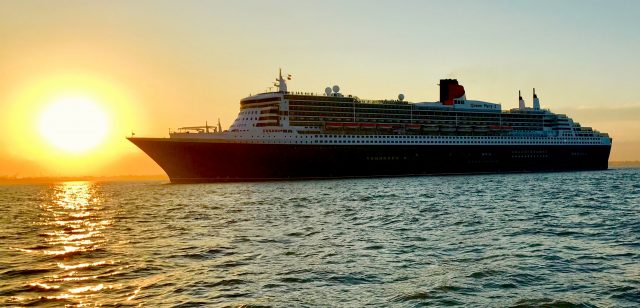The post-Covid future: Gauging traveler sentiment
2020-05-25If you need actual proof that no one really knows when travel will resume, what reassurances travelers will need and how travel will look in the future, just skim the surveys, announcements and opinion pieces that flood whatever communications channels you monitor.
What’s the current status of traveler demand? Skyscanner says 33% will travel “more than ever” once it’s safe to do so.
A few days later, a survey by the Sports and Leisure Research Group declared that Americans who experienced certain components of travel in the past 12 months would return — now — to cruise (58%), fly (43%) or stay in a hotel (47%).
Certainly not apples-to-apples surveys — different questions seeking different insights, but both seeking to gauge consumer sentiment about travel.
But how do they square together, let alone mesh with other information? We recently learned that Disney Springs and Las Vegas’ Wynn and Encore resorts are targeting late-May openings. Some domestic river cruising, certain Sandals and Beaches resorts, Hurtigruten and Southwest Airlines (to select destinations in Mexico and the Caribbean) all intend to resume operations in June.
Near-simultaneously, we learned that many more similar companies have pushed back scheduled resumption dates.
Some hotel executives reported that April was the bottom of the trough and that demand is rising. Avianca Airlines went Chapter 11, and Virgin Atlantic is teetering. Delta and Latam optimistically launched a joint venture.
These developments may seem contradictory but often just reflect conditions at the companies involved. Each entered the crisis with balance sheets of varying strength, different operational efficiencies and CEOs with specific strategic visions and temperaments.
But in sum, we’re left with a complicated collection of data points that would require four dimensions to plot. If this were presented as a mathematical equation, the answer would elude Einstein.
We search in vain for patterns. Even more difficult to chart are our own emotions, predilections and thoughts, our personal “traveler sentiment.”
I’m quite sure my feelings are colored by living in a hot spot, New York, whose density is such that, even with stringent protocols prescribed by authorities, I find it impossible to avoid unmasked neighbors who flout social distancing rules as I make my way to a store. I feel nervous and exposed, though I can only imagine how much more worried I’d be if someone in my household were in a high-risk group.
But despite these concerns, when I read about cleaning protocols that go beyond sanitation to near-sterilization, I wonder how far is too far. The overuse of antibiotic cleansers has already led to the emergence of lethal MRSA superbugs that don’t respond to antibiotics. Are we simply going to trade one serious health problem for another?
My personal traveler sentiment is at odds with the majority (67%) in the Skyscanner survey who said they weren’t gung-ho to travel. I feel trapped not only in my apartment, but in a Zen koan: What is a traveler’s destination if he can’t leave home?
When faced with the imponderable, humanity has always turned to oracles. So I called futurist Scott Klososky.
Part of the problem, he told me, is that people tend to be short-term thinkers and ignore dynamics that turn out to be important. For instance, one may make specific predictions for business travelers or leisure travelers, but they don’t operate in isolation from each other — the behavior of one impacts the environment of the other.
Klososky said he believes demand for leisure will return to 2019 levels fairly quickly once travel resumes, dependent upon pricing. But pricing will be complicated by what he anticipates is a significant drop in a specific type of business travel: the quick turnaround.
“That business will not come back. Ever. I have a client who sells to Walmart and flies to its headquarters in Bentonville, Ark., every six to eight weeks to go over products. Lately, he’s discovered he can do that just fine by video. He’s finished with in-person reviews that cost $1,800 and take two days away from his life.”
Although this type of travel may represent only a fraction of overall demand, it represents front-of-the-plane travel that will have an outsize economic impact on the stability of airlines, which has a knock-on effect for leisure travelers.
There will be similar impacts on hotels, which have even less ability to reduce capacity.
Klososky is, however, bullish on the return of meetings, conferences and large events. The type of valuable networking that occurs there cannot be replaced by Zoom, he believes.
His forecasts resonate with me, which is to say they complement my biases. But there’s another dimension to Klososky’s observation on long- and short-term thinking that provides comfort in the face of confusion. To end on a positive note, I’ll paraphrase Roy Amara, past president of the Institute for the Future: We tend to overestimate what we can do in the short term and underestimate what can be accomplished over the long term.
Courtesy of Travel Weekly


